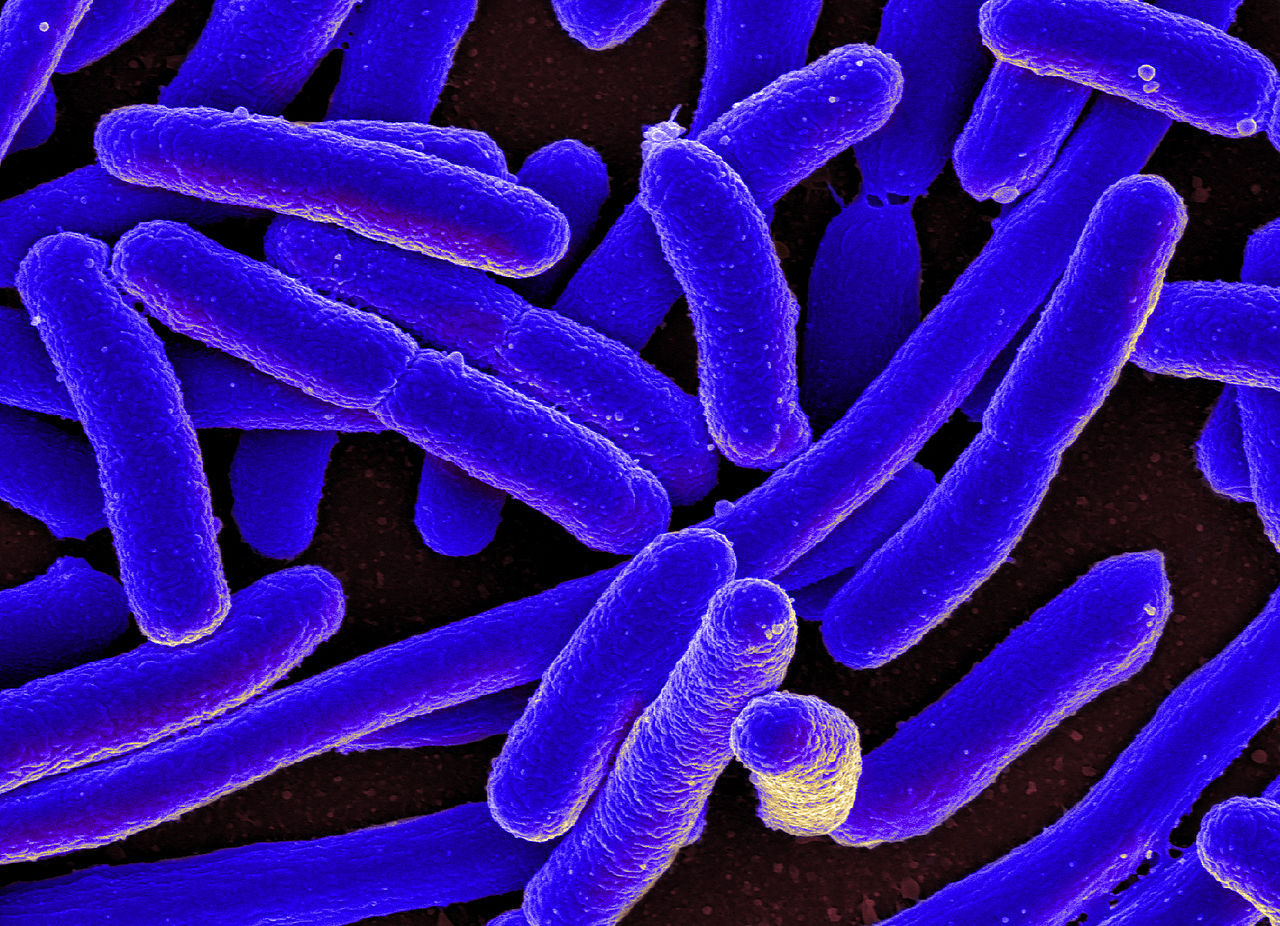Understanding how bacteria respond to toxins, at the molecular level, can help identify ways to break those responses, opening up new targets for antimicrobial drugs. New research from the Ruiz Rueda Lab at CSUN unravels the means by which one such target, a “multidrug efflux pump”, recognizes and responds to molecules that could harm E. coli cells.
Multidrug efflux pumps can remove antibiotics and other toxic molecules from cells, and are major contributors to antibiotic resistance and bacterial physiology. In a recent paper for the ASM journal mSphere, Lecturer Dana Harmon and Associate Professor Cristian Ruiz Rueda report their discovery of a previously unknown molecular mechanism in which antimicrobials and polyamines prompt the activity of AcrAB-TolC, the main multidrug efflux pump in the Enterobacteriaceae family, via its major transcriptional regulator AcrR. Little is known about which ligands control the function of AcrR, or which other genes it activates. Harmon and Ruiz Rueda use experiments in E. coli to show that: 1) AcrR activity is controlled by the antimicrobial ethidium bromide, and by polyamines produced by E. coli; and 2) AcrR directly regulates the expression of AcrAB-TolC and specific genes involved in detoxification and efflux of excess polyamines. These findings significantly advance our understanding of the biological role of the AcrR regulator in coordinating bacterial responses to toxic molecules.
The full paper is available open access on the journal website.
Image: Colorized scanning electron micrograph of Escherichia coli cells (Wikimedia Commons)

